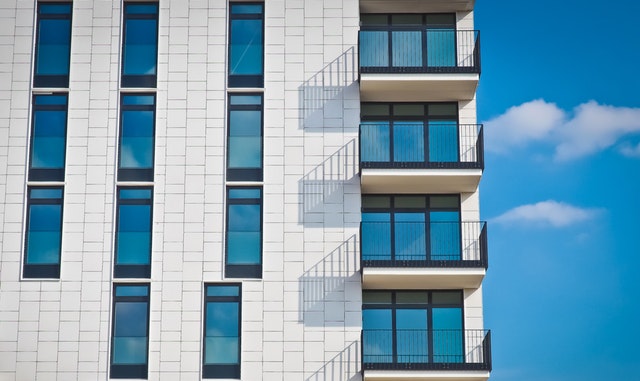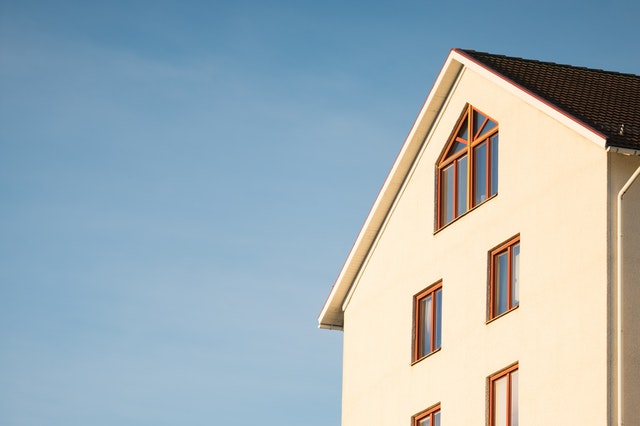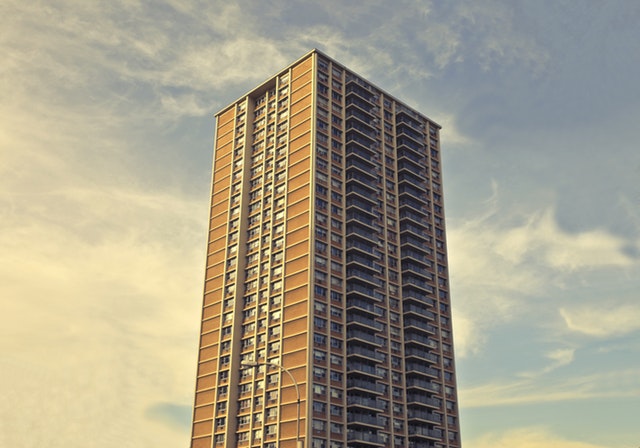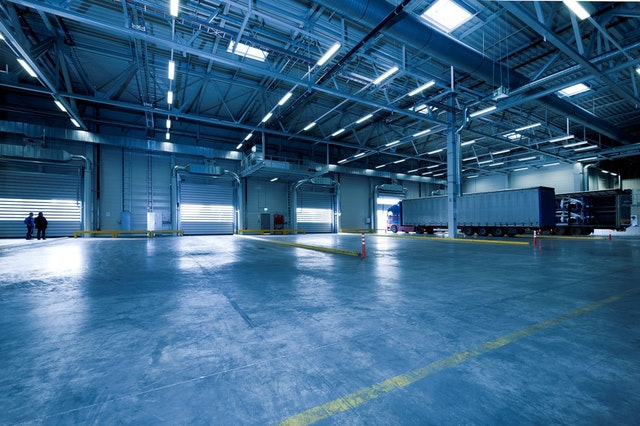More than a third of the population left the center of Riga.
Riga is the only capital in the Baltic Sea region that continues to shrink and lose population, the study concluded. Economists, social scientists, anthropologists, urban planners and architects collaborated to create the study “Riga X”. Its goal is to increase Riga’s long-term competitiveness and sustainability by developing an optimistic and forward-looking, yet realistic vision of the city’s development in the next decade. The study concluded that over the last 20 years, more than a third of the population left the center of Riga. “Along with a moderate, yet gradual increase in prosperity, the demands of the residents regarding the area of the house and the quality of the surrounding living environment have changed. Under the current scenario, in the next 10 years, Riga will lose another 25 thousand inhabitants,” according to the study. It was concluded that in the period between 2000 and 2020, the population of nearby Pieriga has increased by 20%. While the housing stock in the capital is slowly being renewed and its costs are high, life in the suburbs offers a larger living space (56 m2 on average in the center of Riga, 92 m2 in Pierīga). Life in Pierīga offers a private, green outdoor space, a safe environment, accessible preschool and primary school educational institutions, social benefits, which provide families with a more attractive living environment in the medium term. Along with the general increase in the number of cars, an increasing number of residents can balance between work in the capital and life in Pieriga. 72% of Riga residents live in apartment building districts. “While interest in a quality living environment is growing, the complex property structure in multi-apartment buildings means that the opportunities to negotiate, find funds and improve the living space are very limited (staircases, courtyards, parking lots, children’s areas). As a result, the fastest decline in the number of residents was recorded in such city neighborhoods as Purvciems, Ķengarags, Pļavnieki and Imanta,” according to the study. It also concludes that the actual territory of Riga significantly exceeds the administrative borders of Riga: “If part of the migration of Riga’s residents is concentrated in the nearby Pierīga (Mārupe, Stopiņi, Babīte, Garkalne), a significant part of the population has chosen more and more distant cities – Salaspils, Jūrmala, Carnikava, actually expanding Riga The study also indicates that the number of working-age residents in Riga is decreasing, while the number of those reaching retirement age is increasing. This population structure creates an increasing demographic burden on working people and significant challenges for the city’s social budget. As taxes flow to Pieriga, life in Riga will become more expensive. The costs of social services are increasing both for the administration of Riga and for the residents. See the full version of the article here!










